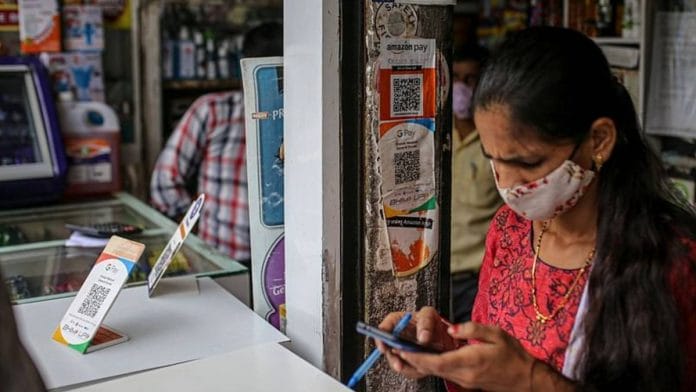One of the features of every new regulation in India has been the requirement to set up a grievance redress mechanism for consumers. For example, the Information Technology Rules, 2021 and the Consumer Protection (E-Commerce) Rules, 2020 require the appointment of a nodal or a resident grievance redress officer to address consumer complaints. The Centralised Public Grievance Redress and Monitoring System has been set up so that citizens can lodge complaints about service delivery by public entities.
The financial sector in India has been running a system of grievance redress for decades. Understanding what works, and what (mostly) doesn’t, will hold important lessons for improving redress mechanisms in other domains.
Firms and regulators
One would assume that it would be in the interest of firms to provide their customers with good service. A firm more responsive to complaints would attract loyal customers. However, this has not been our experience in the financial sector.
Firms in India are not geared toward providing better systems of even collecting complaints, forget resolving them. Most financial firms do not provide details of their policy, and when they do, the policies are extremely difficult to understand. Customers require college-level reading skills in English to make sense of the policies on offer.
It is possible that firms do not see value in providing better systems of redress because of limited competition. Despite the great progress made on financial inclusion, customers repeatedly say that they fear retribution by financial firms, or fear not being able to access the product if they go against the provider. This is true especially in rural areas, where consumers do not seem to have much choice.
It is not surprising then if firms don’t seem too troubled at the prospect of losing a consumer; they probably know that this is unlikely to happen. The loss in revenue from a customer who exits may also not matter much to public sector financial firms. Unless firms see value in dealing with consumer grievances, we are not going to see them making the investments to do so.
If carrots don’t work, perhaps the stick of regulation will? The regulatory process, however, also leaves much to be desired. The structure is broken. For example, in India, the regulator often appoints an ‘Ombudsman’, thus creating a potential conflict of interest. A redress agency will have more teeth if it is independent of the regulatory body. The processes at the redress agencies are complicated, and complaints are often dismissed due to technicalities, and not actually heard on merit.
Even if a customer escalates the complaint, closure at the Ombudsman is uncertain. Most importantly, the consequences of failing to comply with the decision of the Ombudsman are unclear. Of the 68 awards passed by the Banking Ombudsman in 2019-20, only 38 (or 56%) were implemented. There seems to be no penalty on the firm for not addressing the problem, and several financial sector regulators are not able to act against non-compliance by firms.
Also read: Over 22% of consumer complaints in India in last 4 years are linked to e-commerce sector
Do customers complain?
Firms do not seem to be interested, regulation is broken. In such an environment, to what extent do consumers access the grievance redress mechanisms?
The problem is that official records do not capture the extent of grievances. Firms do not adequately report the number of complaints that come to them, and the number they resolve. Annual reports by all financial sector regulators would have you believe that there is no problem. The extent and nature of grievances remain unknown. However, research finds that in the financial sector, actual grievances are 60-80 times of those actually reported.
There are several reasons — sometimes consumers don’t know where to go, and sometimes they have little faith that a resolution will be possible, and do not want to invest their time in the process. It is true that not all the grievances may be legitimate, and that several of these (such as transaction failures on UPI) may get reversed in the next few days. But in the absence of regular and transparent capturing of this data, we will never know.
Also read: Modi govt’s new IT rules don’t empower consumers, but expand State power over online content
Where do we go from here?
Our experience from the financial sector tells us that it is not enough to have laws that set up a nodal officer. One needs a careful design of a system that sets the right incentives for firms and consumers.
There may be lessons to be learned from international experience on issues of manner of establishment, governance, funding, dispute resolution processes, and performance evaluation of grievance redress systems. Closer home, in 2015-16, the Ministry of Finance had undertaken preparatory work for the setting up of the Financial Redress Agency to deal with consumer complaints against all financial service providers.
Even if there is no appetite for reform in the financial sector, the findings of the task force may be beneficial for setting up redress systems in domains such as intermediary regulation and e-commerce.
Finally, without regular evaluation of the working of any system through collection of qualitative and quantitative data, as well as mystery shopping exercises, we will all be flying blind.
The author is an associate professor at the National Institute of Public Finance and Policy (NIPFP). She tweets @resanering. Views are personal.
(Edited by Prashant)






